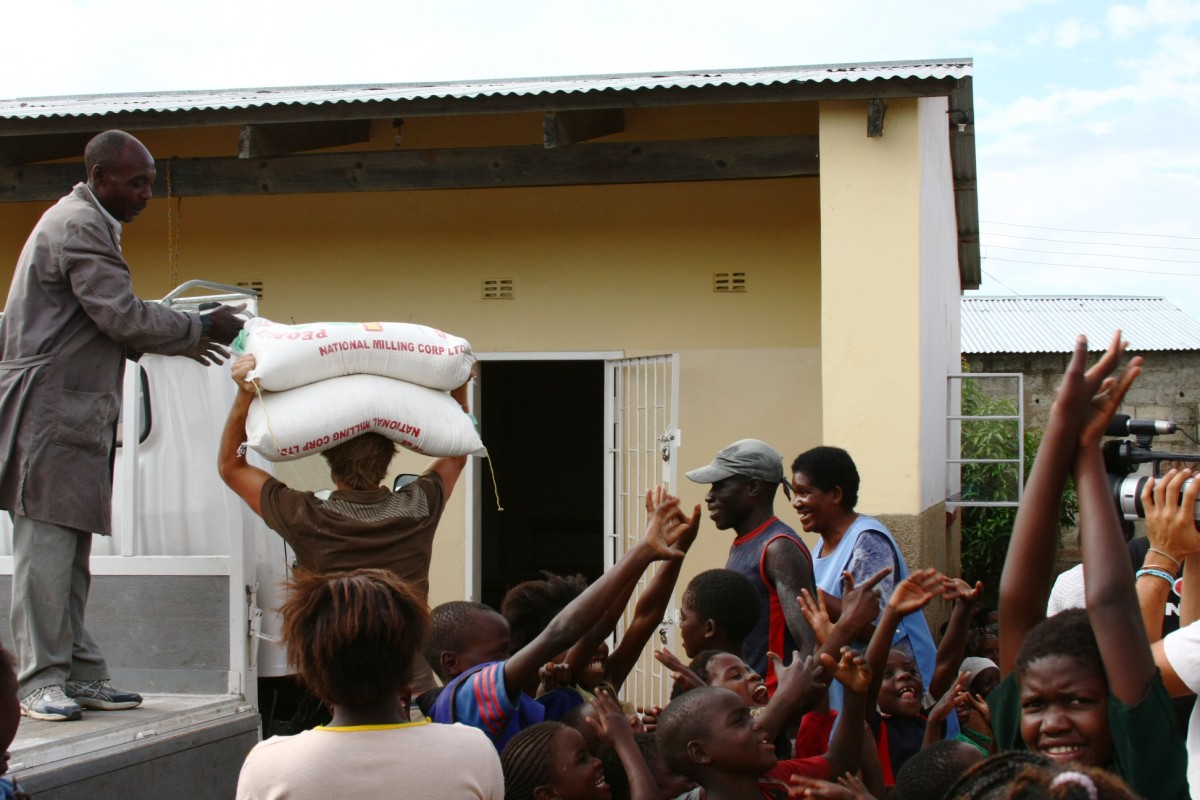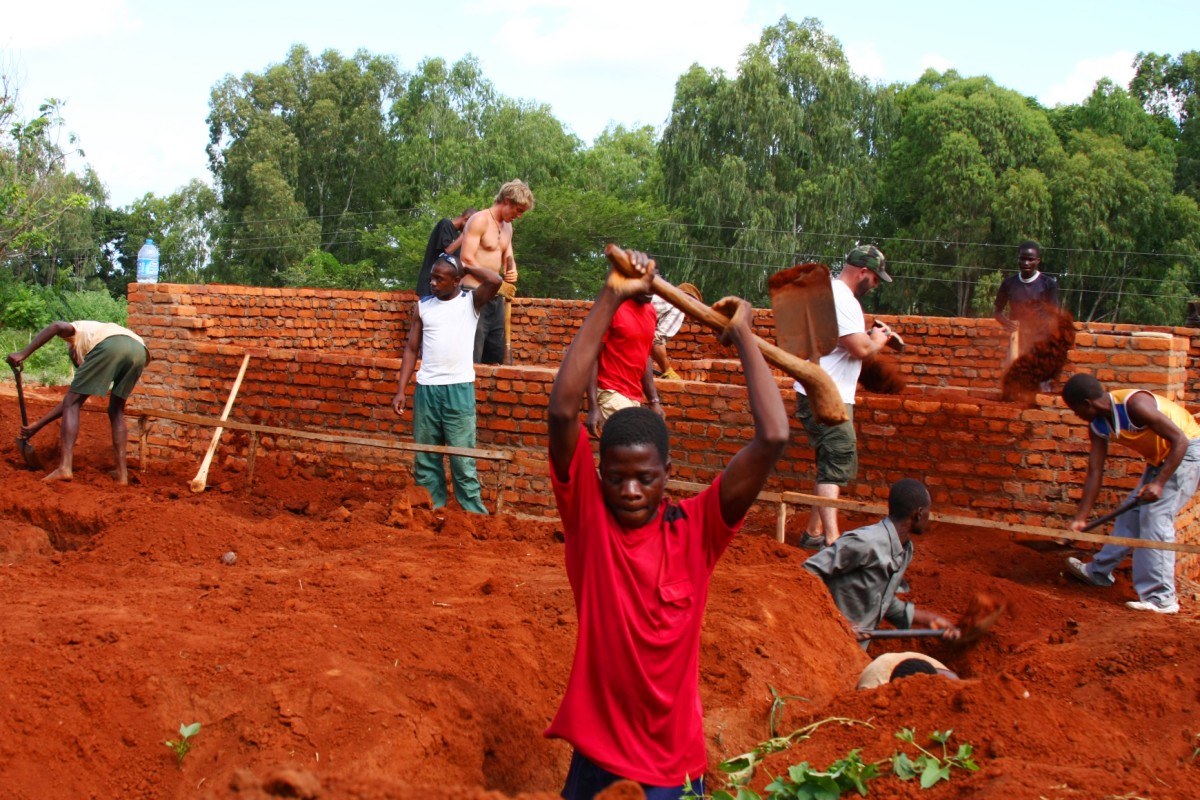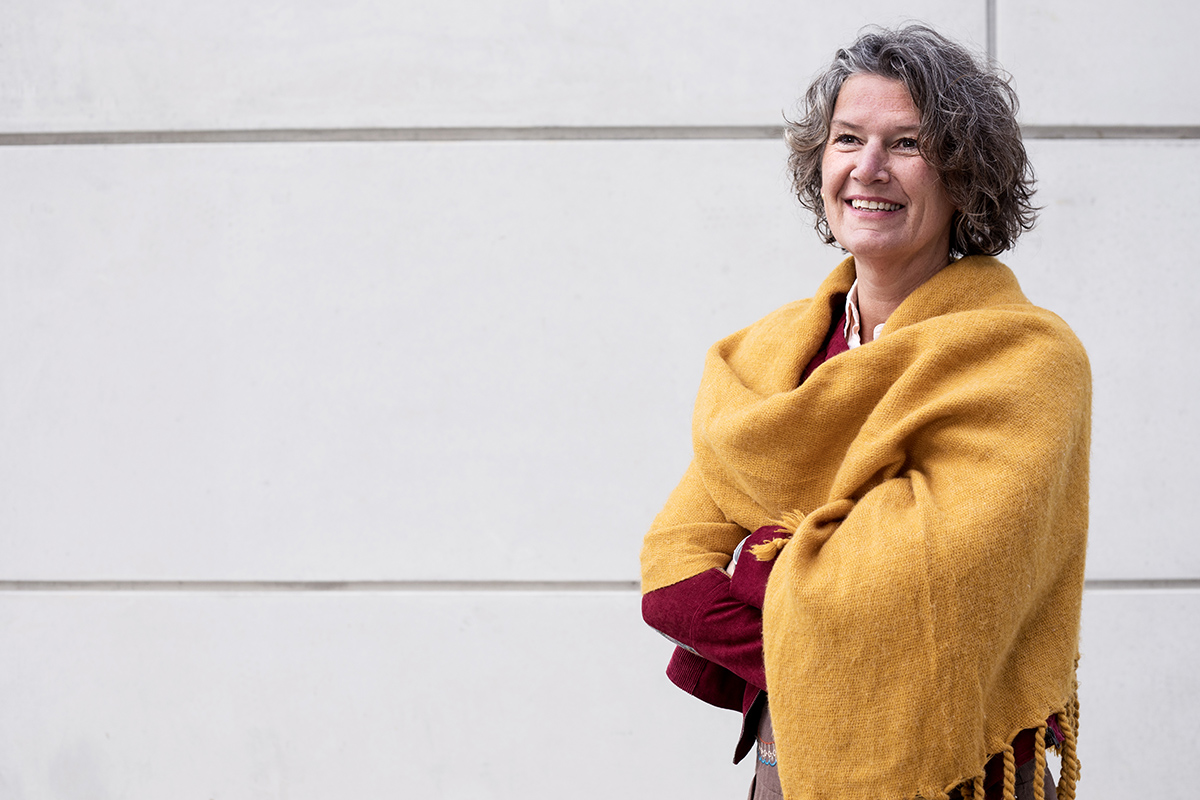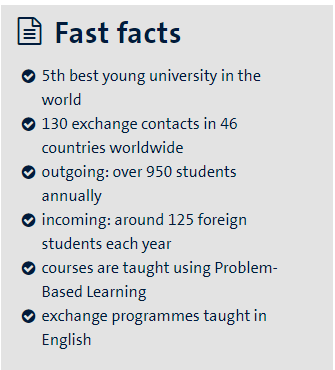“Health is not only to be well, but to use well, every power we have.”
Florence Nightingale, 1893
Recently, higher education institutions and policymakers from the European Union and the Organisation for Economic Co-operation and Development (OECD) envisioned civic universities that will deliver engaged citizens and who will promote social inclusion (e.g., Bussemaker, 2016; Schleicher, 2016). In higher education, this conceptualization of Global Citizenship Education (GCE) is associated with experiential and service learning, transformational teaching, role modeling, community involvement, pedagogies of empowerment, and personal growth (e.g., Berkowitz, 2011; Slavich & Zimbardo, 2013; Sweeney et al., 2015). Many GCE proponents also subscribe to character or value education, and list empathy, courage, curiosity, morality, and resilience as key attributes of 21st century learners (Kristjansson, 2013; Fadel et al., 2015; Hershberg et al., 2016).
As a working definition, global citizenship can be decomposed into
- Social Responsibility (global justice, empathy, or personal responsibility);
- Global competence (self-awareness, intercultural communication, or global knowledge); and
- Engagement (involvement in civic organizations, global activism, or political voice) (Morais & Ogden, 2013, p.447).

Student carrying flower for feeding program in a rural village in Tanzania.
Photo Credit: Bruce Horak
The above-mentioned competences can be developed within the curriculum or in the co-curriculum or extracurricular activities. Millennials (contemporary students) are believed to be attracted by meaningful work. Many university (senior) staff members are too. Not surprisingly, students and staff do not shy away from volunteer work, although most people do not flaunt this within the walls of academia. This engagement suggests that many students and staff members mind the common good. It is a small step from problem-based learning to service learning, i.e. designing solutions for problems meaningful to the community, thus allowing learners to develop normative competences.
Service learning is a student-centered learning method that allows recognition of such activities within the curriculum. It could also strengthen ties with the region. How can we innovate education beyond academic courses emphasizing theory and projects focused on acquisition of skills to educating value-driven change agents that go out and identify problems themselves, with a focus on character education (Kolmos, Hadgraft, & Holgaard, 2015).
UNESCO has been a pioneer in formulating the requirements within sustainability and has been running a UN decade of education for sustainable development with the overall goal to “integrate the values inherent in sustainable development into all aspects of learning to encourage changes in behaviors that allow for a more sustainable and just society for all” (United Nations 2014).
Or reframed: How could we deliver graduates that have developed global citizenship competences?

Students working alongside local community members in a rural village in Zambia to build a community center.
Photo Credit: Bruce Horak
Various schools worldwide are offering programs that include (elements of) GCE.
At Becker, an agile mindset is considered to be the main learning outcome of a BA in Global Citizenship (www.becker.edu/course-description/humn3901/). Murdoch University in Perth offers a Global Engagement course and minor to “bring the learning home” and enhance study abroad outcomes when students return (handbook.murdoch.edu.au/minors/details/, www.murdoch.edu.au/news/articles/). At the Roosevelt Academy, a similar approach resulted in “Going Glocal,” where students returning from Africa and Central America developed educational materials for secondary schools (www.ucr.nl/academic-program/).
More intrusive ways to build global citizenship are illustrated by joint degree programs with extended mobility windows, or Minerva: https://www.minerva.kgi.edu/.
Other GCE programs can be found through: globaled.gse.harvard.edu/global-citizenship-education)
Most of the above programs are add-ons for selected groups of students who happen to be attracted to GCE. Catering to the general student population implies scaling up initiatives that are tailored to small, select groups of students. Scaling up could imply looking for alternatives to set-ups that require international travel or access to external societal or labor market stakeholders. Examples are virtual mobility and simulations like alternate reality teaching (http://simulations.wharton.upenn.edu/looking-glass/). Less ambitiously, one could look for formats or assignments that can be dispersed across curricula without breaking constructive alignment, e.g., disorienting dilemma’s involving refugees, religious groups, or intergenerational tensions, or dispute resolution exercises like https://www.negotiationexercises.com/Details.aspx?ItemID=118 .
Since the start in 1976, Maastricht University students take an elective period abroad, often in developing countries. Each faculty has an international relation office. Over the years the Faculty of Health, Medicine and Life Sciences build a network of exchange positions in 46 countries worldwide. Students like to travel and the demand for electives abroad is increasing. But is that truly GCE?
Source: www.maastrichtuniversity.nl/education/exchange/fhml
Maastricht University is developing a university wide program and is currently in the process of finalizing a set of criteria for global citizenship education. An inventory has been done across all faculties to discover whether GCE-like activities implemented can be used as inspiration to carry it over to other faculties as well. A process like this takes time and buy in from many staff to reach a sustainable change. Challenges are numerous: already constrictive curricula; assessment; intra- or extra-curricular; financial implications; interfaculty program; scheduling; etc.
Many questions are awaiting generally accepted answers; however, one thing is very clear: in GCE students global engagement must begin with leaving the protective walls of the university.
A mix of traditional on-campus courses and co-curricular/experiential opportunities ranging
from study abroad, flexible practicums with domestic and international NGOs, and participation in the range of internationally related activities, will be elements that together form GCE.
In summary, important educational elements in GCE are:
- Student centered/Service learning;
- Role modeling/coaching/mentoring/reflective learning;
- Student and staff participation (as opposed to observation);
- Longitudinal program (student lifetime); and
- Interdisciplinary/interfaculty approach.
In conclusion, universities carry the responsibility to offer students exposure to the society outside of academia to create a healthy world and to use well, every power we have.
Universities should contribute to “character building” during the years young adolescents spend a lot of time within these institutions by sending them into society, whether locally, regionally, globally, or a mix. Staff as well as students should be brave enough to look into their heart and start every undertaking with an open mind to join forces with others to work on sustainable, inclusive solutions.
Works Cited
Morais, Duarte B., Ogden, Anthony C. 2011. Initial Development and Validation of the Global Citizenship Scale, Journal of Studies in International Education 15(5) 445–466
Kolmos, A., Hadgraft, R.G. & Holgaard, J.E. Int J Technol Des Educ (2016) 26: 391. doi-org.ezproxy.ub.unimaas.nl/
Sperandio, Jill, Magdalena Grudzinski-Hall, and Hannah Stewart-Gambino. 2010. “Developing an Undergraduate Global Citizenship Program: Challenges of Definition and Assessment.” International Journal of Teaching and Learning in Higher Education 22 (1): 12–22.
Council of Europe (2016a), Competences for Democratic Culture: Living Together as Equals in Culturally Diverse Democratic Societies, Council of Europe, Strasbourg.
Author Bio

Geraldine Beaujean studied Medicine at the Medical Faculty of Maastricht University and trained as a medical professional in an innovative educational manner through Problem-based Learning and Early Clinical Exposure. After graduation, Geraldine worked for a few years in regional health centers and hospitals, gaining experience in medical practice. She then turned her focus to medical education in the context of developing countries. Geraldine lived and worked in both Sudan and Kenya for several years. She assisted universities as a consultant within innovative ways of health professional education. In her capacity as project manager, Geraldine coordinates projects resulting from the match between the demand of a university paired with the expertise available within SHE and Maastricht University, and if required the financial support of other (inter)national organizations and consultants.
In 2002, Geraldine returned to Maastricht University, and in addition to managing projects with international partners in Indonesia, Yemen, Ethiopia, Ghana, Oman, and Mexico she taught medical students the applied professional skills necessary for encounters with patients including physical examination skills, procedural skills, and communication skills. She is a mentor, tutor, lecturer, and coordinator in several international courses at the FHM. Since 2011, Geraldine has served as director of SHE collaborates, the international collaboration office of the School of Health Professions Education. Her team engages in long-term collaborations worldwide to support higher education in the area of health.



